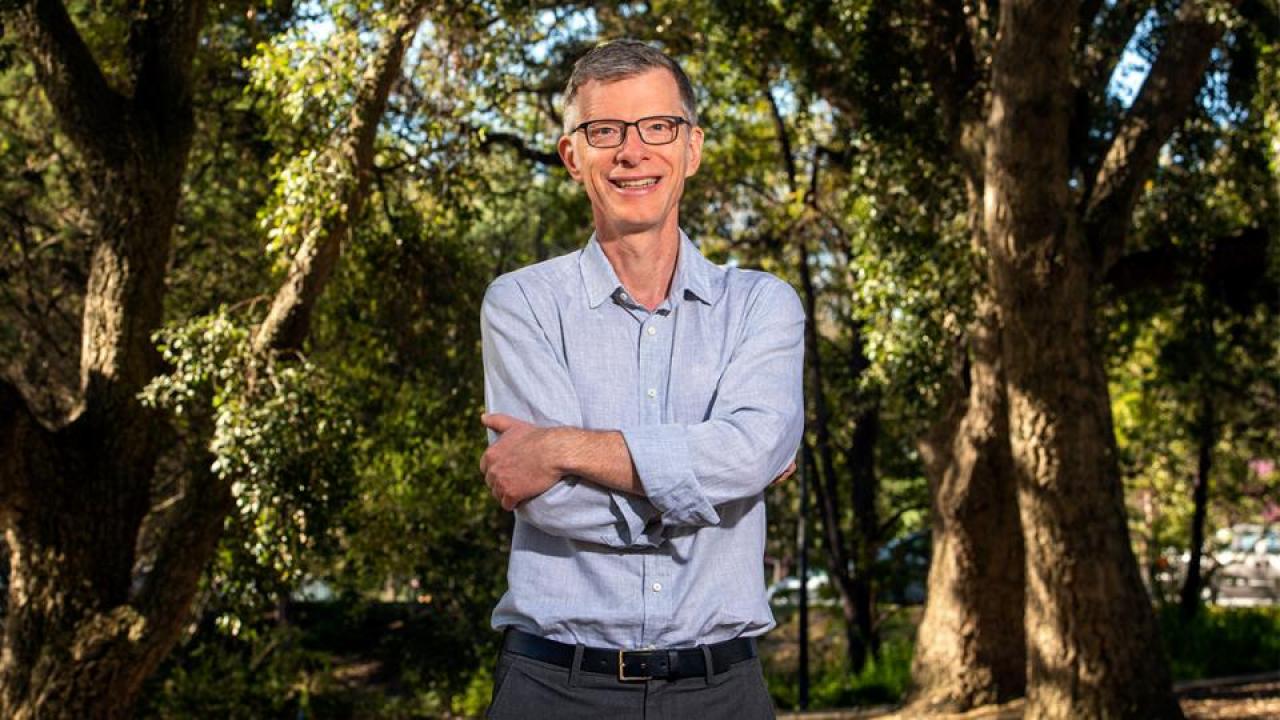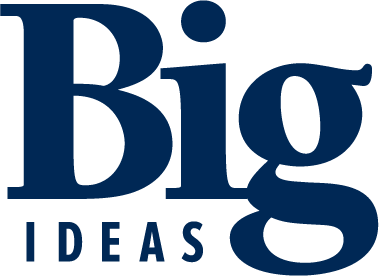
Why Aggie Square? And Why Me?
By John Marx / Originally published at UCDavis.edu
John Marx, professor and chair of the Department of English, is a member of the Aggie Square team, advising on academic planning, as a faculty advisor to the provost.
Davis faculty have questions about Aggie Square. I’ve been hearing a lot of them, both from the Sacramento-curious and from skeptics, during my first months working in the provost’s office.
My job is to advance conversations with academic program leaders and individual researchers about how their work could benefit from partial or complete relocation to the growing Sacramento campus. To that end, I’m meeting with faculty whose scholarly interests might be furthered by Aggie Square.
I’m learning from colleagues who already have been increasing their time in the state capital to do work in fields from biomedical engineering to community engagement to public policy. Their examples suggest ways Aggie Square could help UC Davis faculty members better collaborate with one another as well as with community, government and industry partners.
Reframing our 2 campuses
That collaboration, in turn, promises to reframe how one thinks about our college-town campus in Davis and our urban campus in Sacramento. As Chancellor May has noted from the start, Aggie Square is designed to advance the work of UC Davis faculty who can spark local economic growth and solve problems in partnership with a range of Sacramento neighbors.
As ever, there will be challenges and there will be opportunities. In columns like this one, I will write about both while relating ideas faculty from across our two campuses have for making the most out of Aggie Square.
In writing these posts, I am leaning on my training as a journalist and an English professor as well as my experience last year as an American Council on Education fellow. I spent the year learning about efforts nationwide to reimagine universities as urban “anchor institutions.”
The concept of the anchor institution is simple to articulate but challenging to live up to. While all land grant universities have the mission of serving their states, anchor institutions also focus on putting down roots in local communities. They forge partnerships and demonstrate value through civic engagement.
Community partnership
You’ve probably noticed that regional and community leaders are always standing alongside the chancellor and provost at press conferences and special events related to Aggie Square. This project is a matter of concern for Sacramento as much as for UC Davis, and its anchor tenants are just as focused on community engagement as they are on advancing research and teaching.
Consider, for example, the Alice Waters Institute for Edible Education with its emphasis on teaching and training related to sustainable and equitable local food systems and healthy food for schoolkids. The institute will make Aggie Square a potential magnet for community-facing collaboration among diverse UC Davis faculty.
I’ve met with or am scheduled to meet with faculty members working at the intersection of food and health whose appointments are in the School of Education, the College of Agricultural and Environmental Sciences, the Betty Irene Moore School of Nursing, and the School of Medicine. More to come, no doubt. Among these are colleagues whose scholarship promises to impact the lives of people around the planet as well as across the street from Aggie Square in the Sacramento neighborhoods of Oak Park, Tahoe Park and Elmhurst.
Provost Hexter has asked me to host more of these kinds of conversations about shared scholarly concerns. Individual faculty members have been reaching out to convey their ideas as well, and I hope this continues. (I can be found at jmarx@ucdavis.edu.)
More than a health campus
All faculty should know that Aggie Square is more than a health campus. Its classrooms and research facilities will feature courses and programs from anchor tenants that include the Office of Public Scholarship and Engagement as well as UC Davis Continuing and Professional Education with its emphasis on lifelong learning. Throw into the mix the undergraduates taking classes starting fall 2020 in Quarter at Aggie Square programs and the wide scope of the campus activities becomes clear.
Of course, it is also very much a health campus, with two Life Sciences, Technology and Engineering buildings to house interdisciplinary “neighborhoods” of thematically organized research as well as industry partners. I have been speaking with directors and researchers at our existing interdisciplinary centers on both the Davis and Sacramento campuses. Aggie Square might learn both organizational and architectural lessons from them about how to foster collaboration.
I applied for the job of faculty advisor to the provost for academic planning at Aggie Square because I’m interested in how land grant universities will fulfill their mission in the 21st century. As I begin my work, it seems increasingly clear that, for UC Davis, the growing campus in Sacramento will be a big part of the answer.
